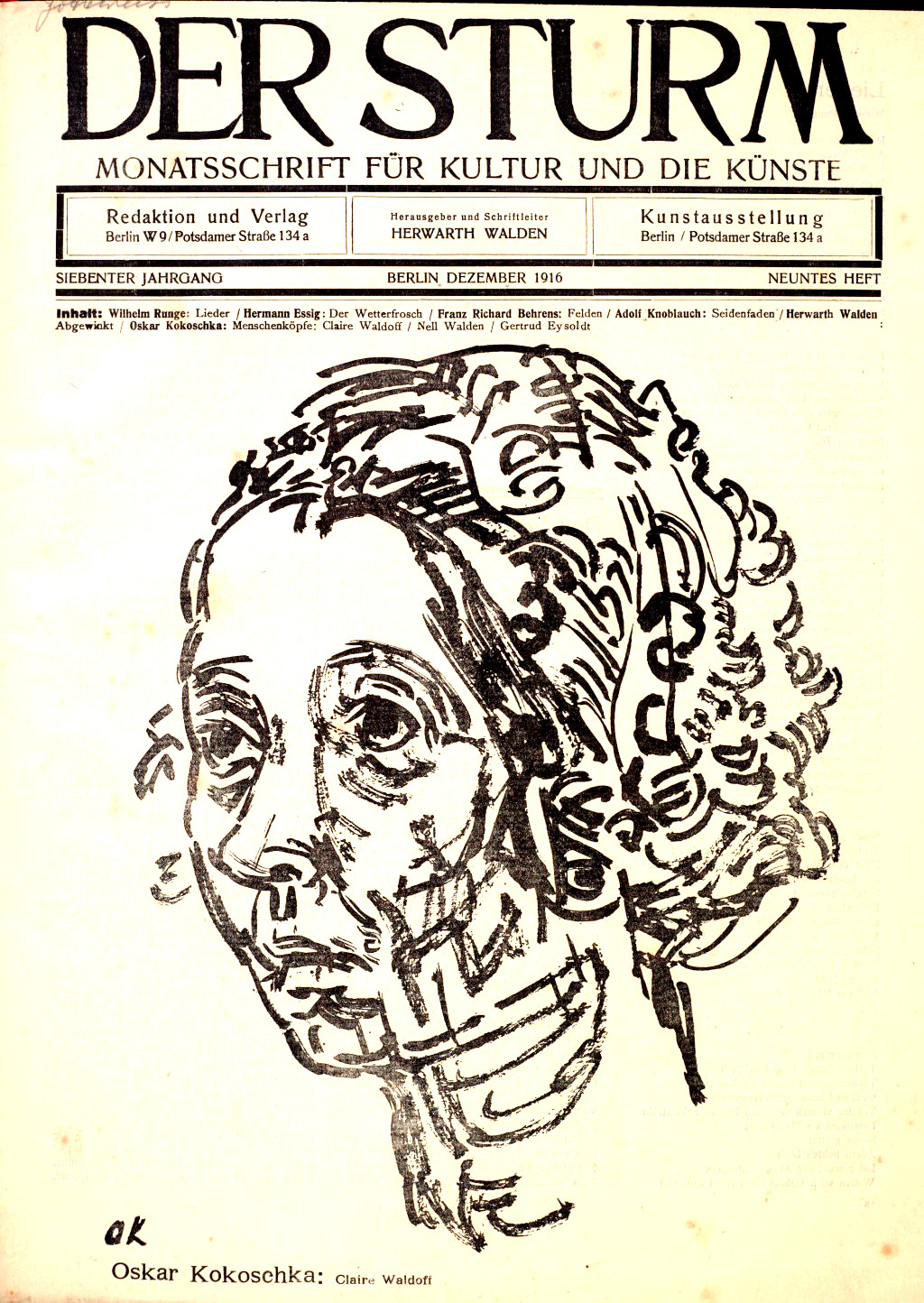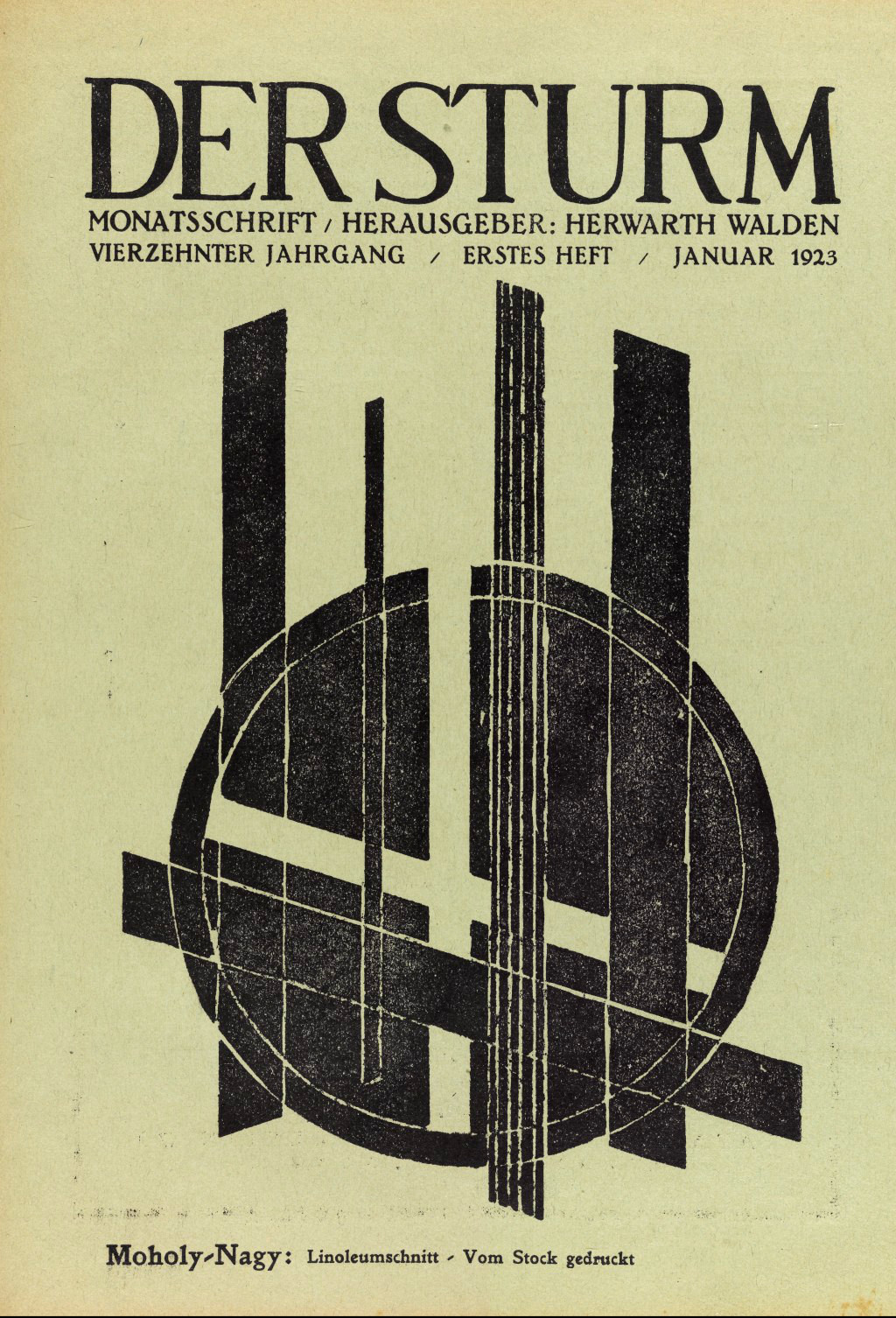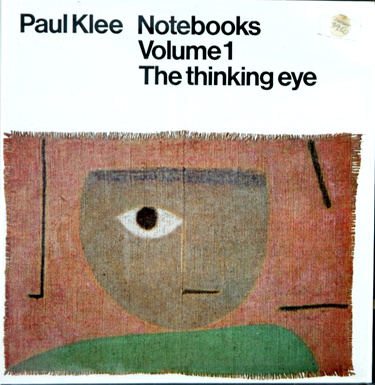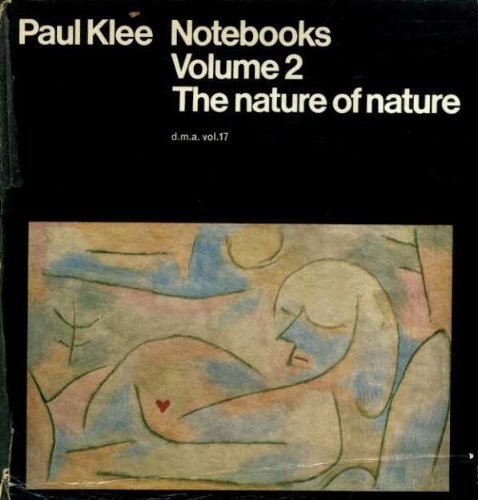Craig Dworkin: No Medium (2013)
Filed under book | Tags: · architecture, art, art theory, attention, body, book, conceptual art, dada, film, fluxus, literature, media, music, painting, paper, phonograph, sculpture, sex, silence, temporality, time, translation, typography
“In No Medium, Craig Dworkin looks at works that are blank, erased, clear, or silent, writing critically and substantively about works for which there would seem to be not only nothing to see but nothing to say. Examined closely, these ostensibly contentless works of art, literature, and music point to a new understanding of media and the limits of the artistic object.
Dworkin considers works predicated on blank sheets of paper, from a fictional collection of poems in Jean Cocteau’s Orphée to the actual publication of a ream of typing paper as a book of poetry; he compares Robert Rauschenberg’s Erased De Kooning Drawing to the artist Nick Thurston’s erased copy of Maurice Blanchot’s The Space of Literature (in which only Thurston’s marginalia were visible); and he scrutinizes the sexual politics of photographic representation and the implications of obscured or obliterated subjects of photographs. Reexamining the famous case of John Cage’s 4’33”, Dworkin links Cage’s composition to Rauschenberg’s White Paintings, Ken Friedman’s Zen for Record (and Nam June Paik’s Zen for Film), and other works, offering also a “guide to further listening” that surveys more than 100 scores and recordings of “silent” music.
Dworkin argues that we should understand media not as blank, base things but as social events, and that there is no medium, understood in isolation, but only and always a plurality of media: interpretive activities taking place in socially inscribed space.”
Publisher MIT Press, 2013
ISBN 0262018705, 9780262018708
219 pages
Interview with the author (Critical Margins)
Author’s lecture at Penn Poetry & Poetics (video, 19 min)
Reviews: Johanna Drucker (Los Angeles Review of Books), Michael Leong (Hyperallergic).
Commentary: Richard Marshall (3:AM Magazine).
Der Sturm (1910–1932) [German]
Filed under magazine | Tags: · abstract art, art, art criticism, art theory, avant-garde, constructivism, cubism, expressionism



Der Sturm [The Storm] was a magazine covering the expressionism movement founded in Berlin in 1910 by Herwarth Walden. It ran weekly until monthly in 1914, and became a quarterly in 1924 until it ceased publication in 1932.
Among the literary contributors were Peter Altenberg, Max Brod, Richard Dehmel, Alfred Döblin, Anatole France, Knut Hamsun, Arno Holz, Karl Kraus, Selma Lagerlöf, Adolf Loos, Heinrich Mann, Paul Scheerbart, and René Schickele. Der Sturm consisted of pieces such as expressionistic dramas (i.e. from Hermann Essig and August Stramm), artistic portfolios (Oskar Kokoschka), essays from artists (the Kandinsky Album), and theoretical writings on art from Herwarth Walden. The term Sturm was branded by Walden to represent the way in which modern art was penetrating Germany at the time. (from Wikipedia)
View online (all 336 issues with a full-text search, at the Princeton University’s Blue Mountain Project)
Comment (0)Paul Klee Notebooks, vol. 1: The Thinking Eye (1956–) & vol. 2: The Nature of Nature (1970–)
Filed under book | Tags: · art, art education, art theory, bauhaus, design, image, pedagogy


Paul Klee Notebooks is a two-volume work by Paul Klee that collects his lectures at the Bauhaus schools in 1920s Germany and his other main essays on modern art. These works are considered so important for understanding modern art that they are compared to the importance that Leonardo’s A Treatise on Painting had for Renaissance; Herbert Read called the collection “the most complete presentation of the principles of design ever made by a modern artist – it constitutes the Principia Aesthetica of a new era of art, in which Klee occupies a position comparable to Newton’s in the realm of physics.”
The final work was edited by Swiss artist Jürg Spiller. In an earlier 1925 shorter book, Pedagogical Sketchbook, Klee published a condensation of his lectures at the Weimar Bauhaus. (from Wikipedia)
Volume 1
First published as Das bildnerische Denken, Schwabe & Co., Basel, 1956
Translated by Ralph Manheim
Edited by Jürg Spiller
Publisher Lund Humphries, London, 1961
541 pages
Volume 2
First published as Unendliche Naturgeschichte, Schwabe & Co., Basel, 1970
Translated by Heinz Norden
Edited by Jürg Spiller
Publisher Lund Humphries, London, 1973
454 pages
Volume 1: The Thinking Eye (42 MB, updated on 2019-12-25)
Volume 2: The Nature of Nature (49 MB, updated on 2019-12-25)
See also Klee’s class notes in manuscript (1921-31) and his Pedagogical Sketchbook (1925–).
Comments (6)

